
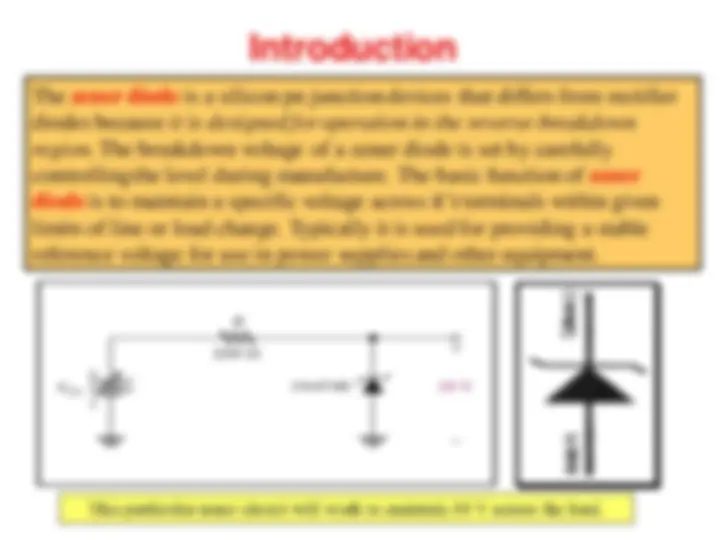
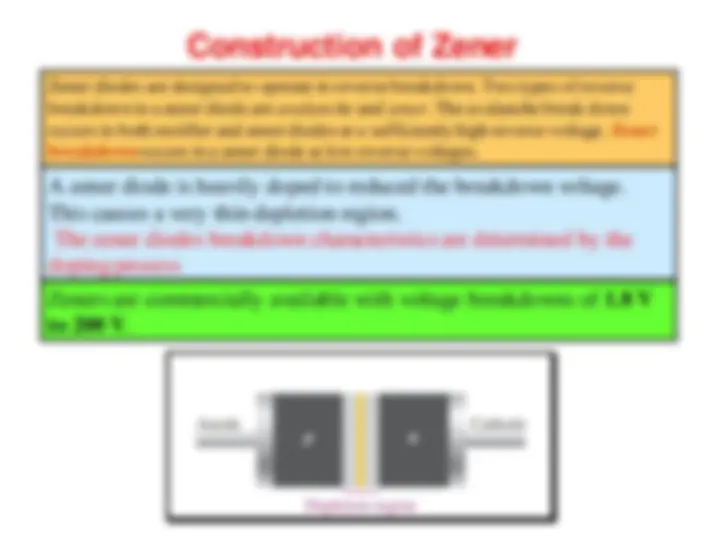
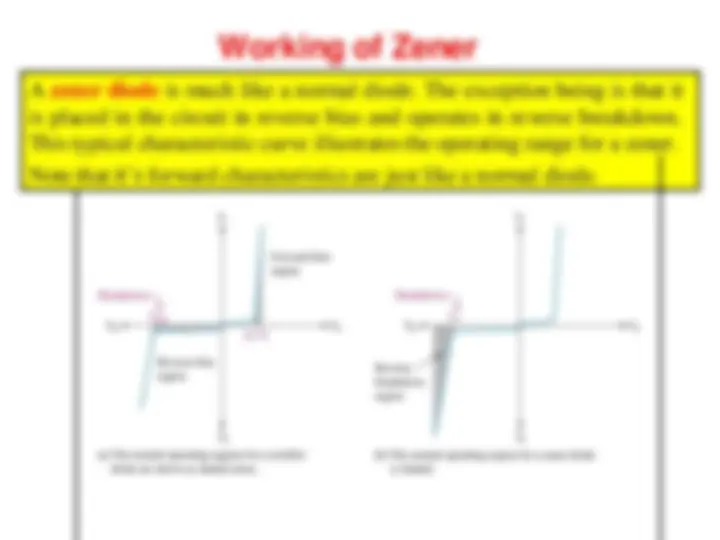
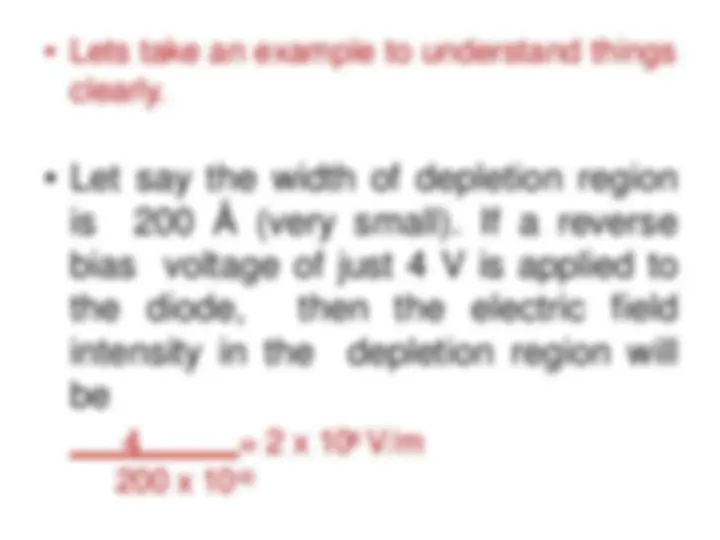
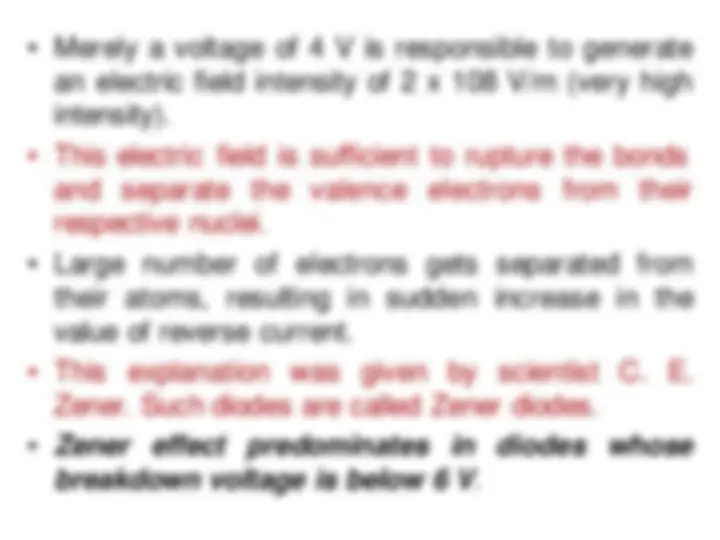
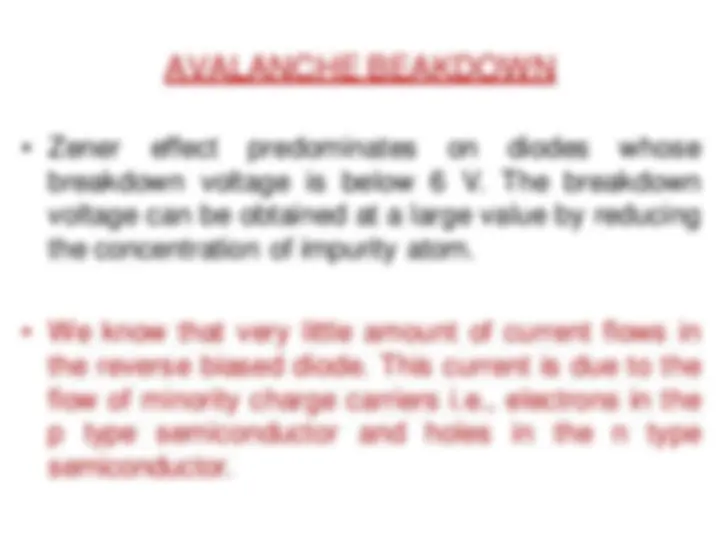
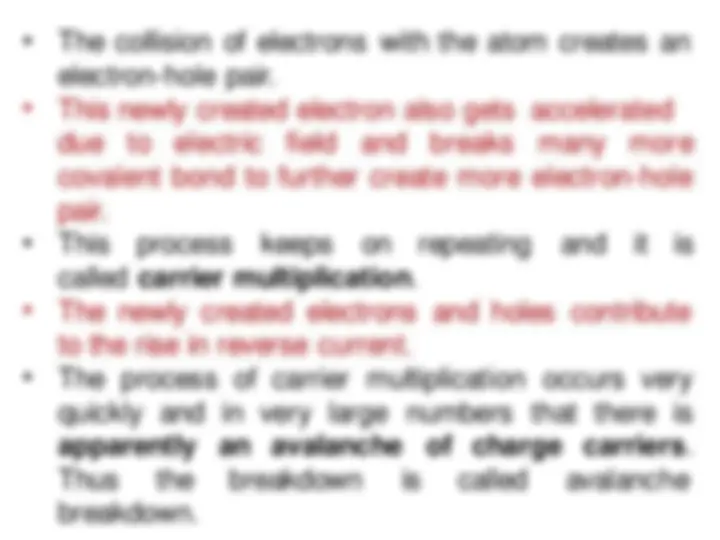
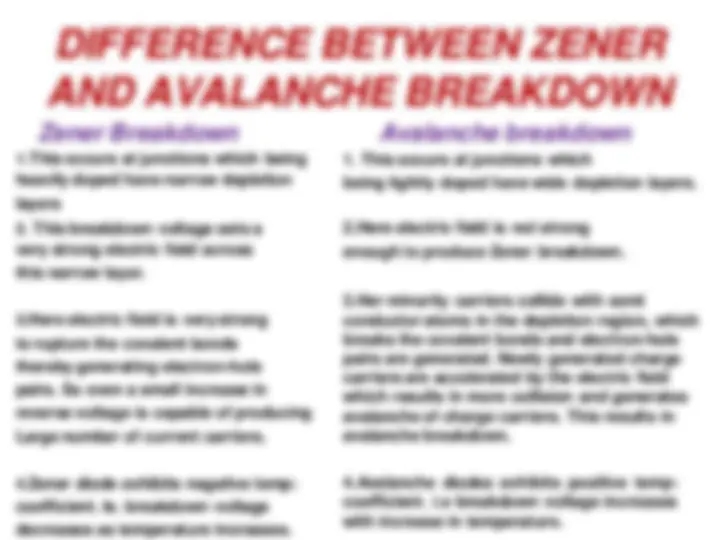
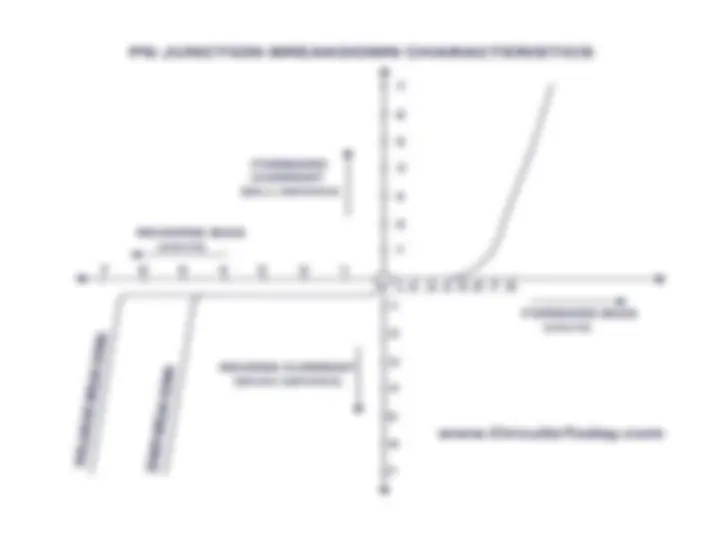
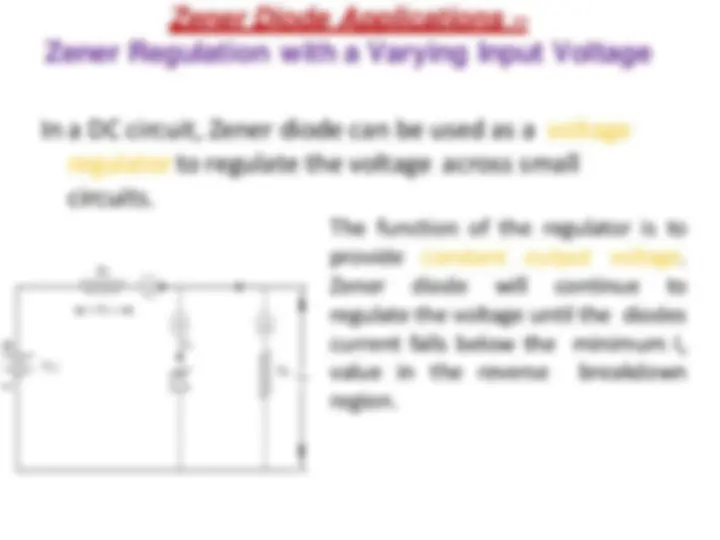
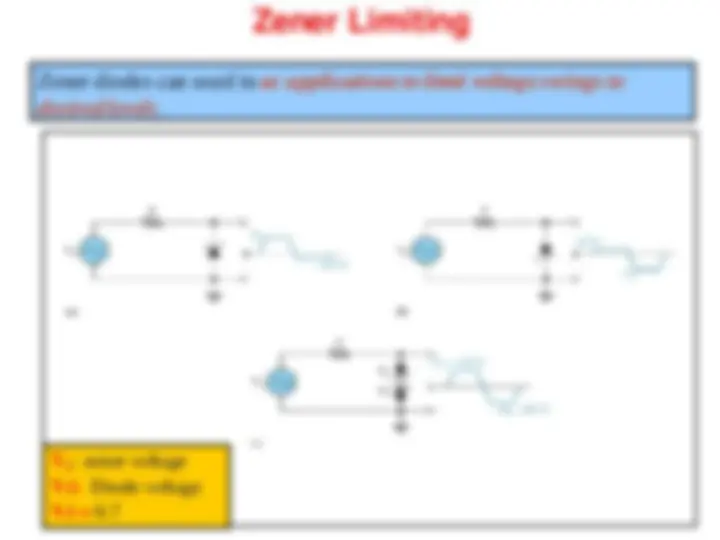
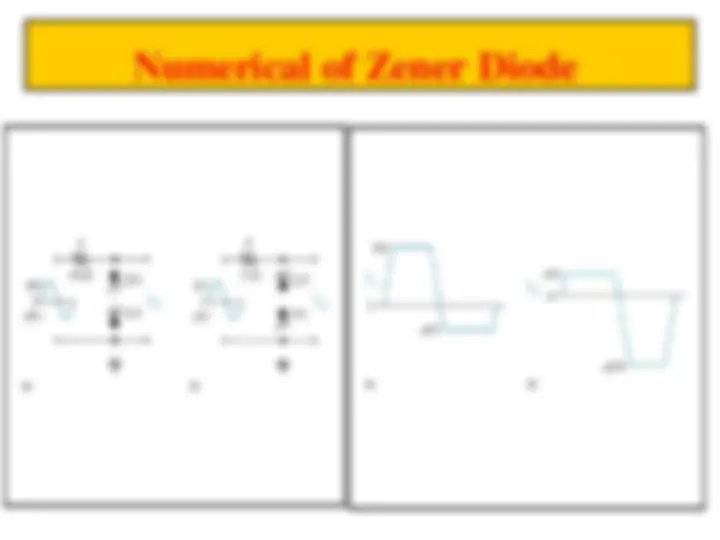
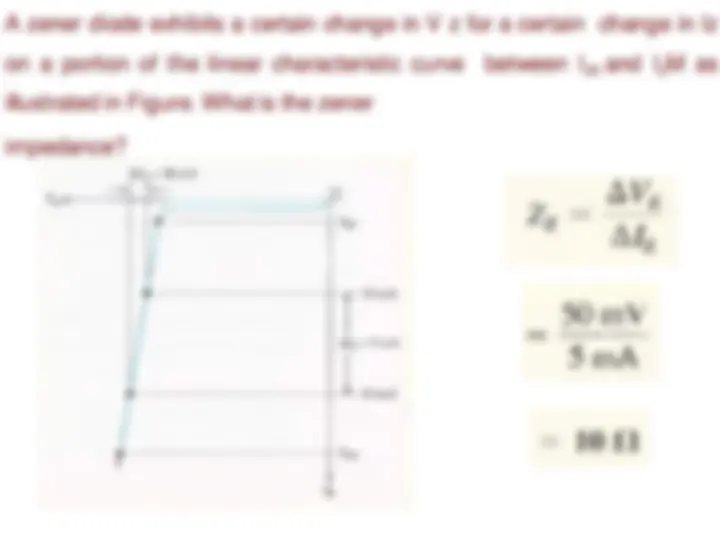
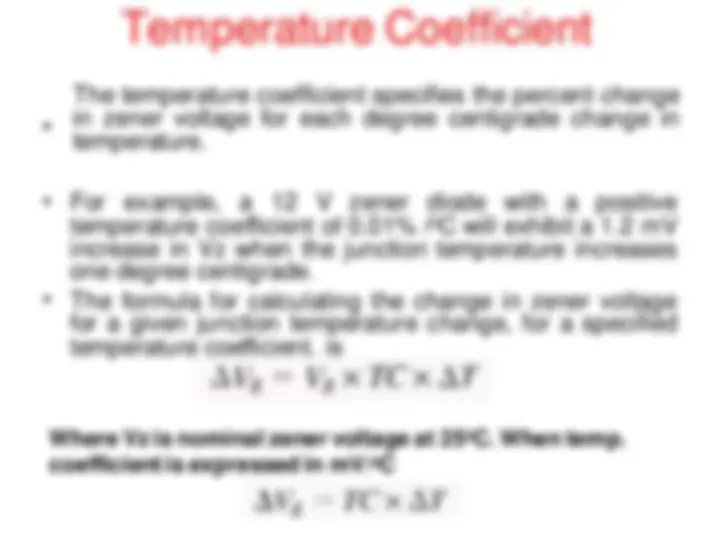
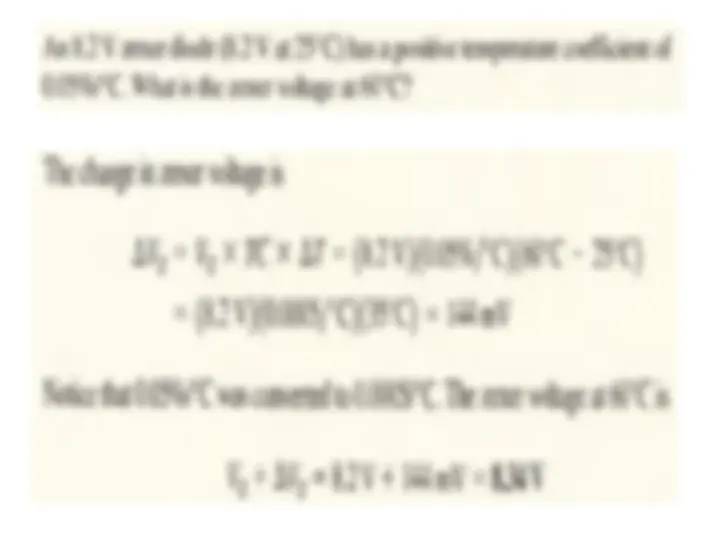
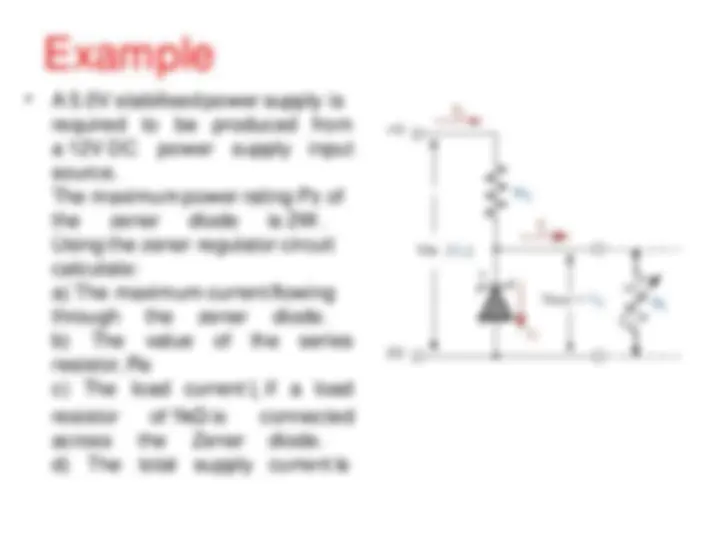
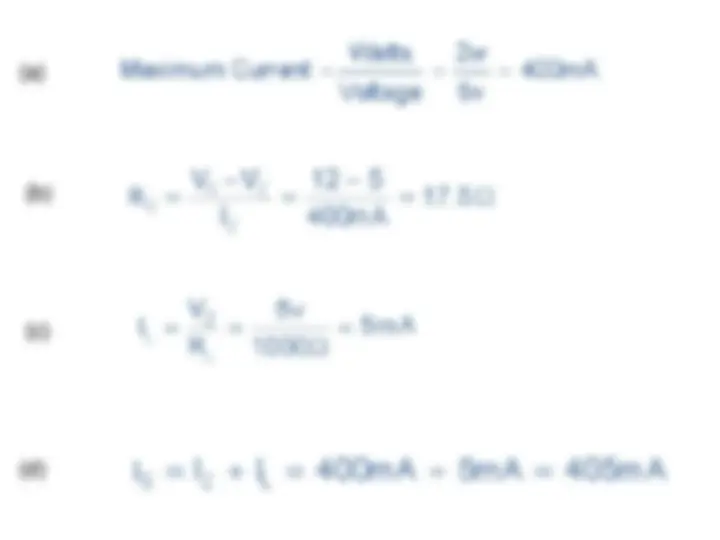
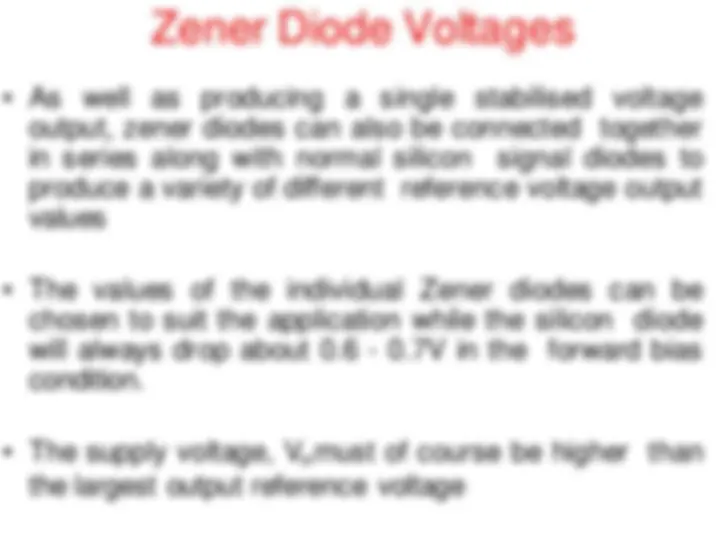
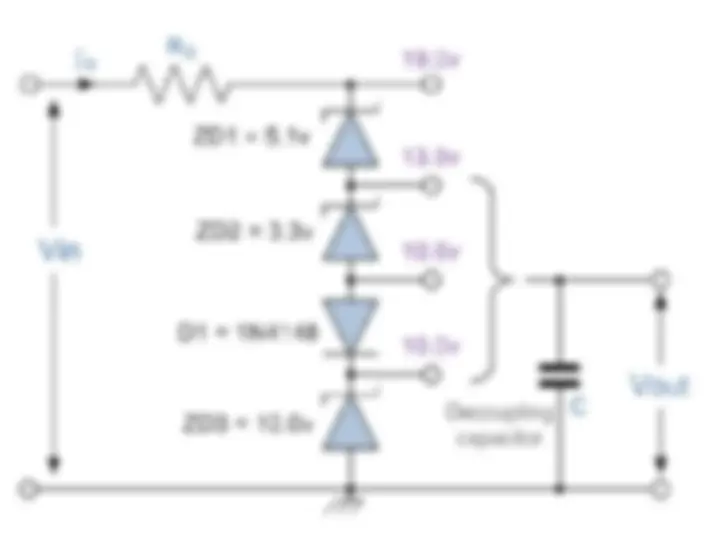
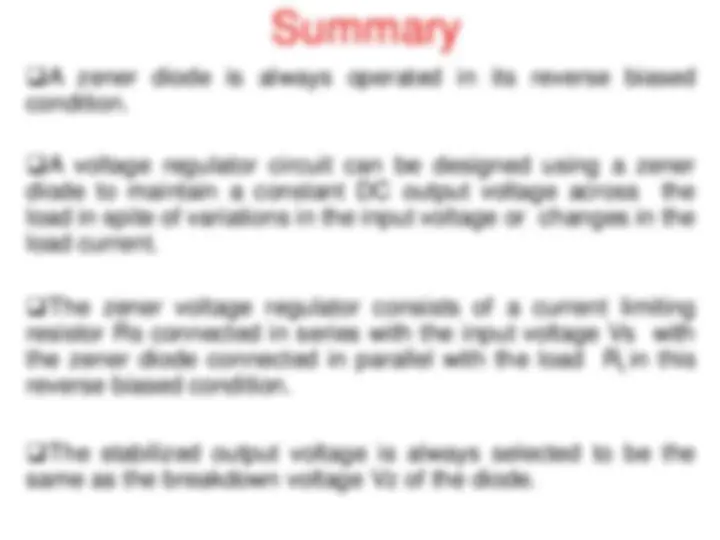



Study with the several resources on Docsity

Earn points by helping other students or get them with a premium plan


Prepare for your exams
Study with the several resources on Docsity

Earn points to download
Earn points by helping other students or get them with a premium plan
Community
Ask the community for help and clear up your study doubts
Discover the best universities in your country according to Docsity users
Free resources
Download our free guides on studying techniques, anxiety management strategies, and thesis advice from Docsity tutors
basic electonics and electical
Typology: Summaries
1 / 29

This page cannot be seen from the preview
Don't miss anything!






















Introduction of Zener Diode
Construction of Zener Diode
Working of Zener Diode
Application of Zener Diode
Numerical of Zener Diode
Zener diodes are designed to operate in reverse breakdown. Two types of reverse breakdown in a zener diode are avalanche and zener. The avalanche break down occurs in both rectifier and zener diodes at a sufficiently high reverse voltage. Zener breakdown occurs in a zener diode at low reverse voltages.
A zener diode is heavily doped to reduced the breakdown voltage. This causes a very thin depletion region. The zener diodes breakdown characteristics are determined by the doping process Zeners are commercially available with voltage breakdowns of 1.8 V to 200 V.
A zener diode is much like a normal diode. The exception being is that it is placed in the circuit in reverse bias and operates in reverse breakdown. This typical characteristic curve illustrates the operating range for a zener. Note that it’s forward characteristics are just like a normal diode.
.
Thus the breakdown is
apparently an avalanche of charge called
carriers. avalanche breakdown.
DIFFERENCE BETWEEN ZENER AND AVALANCHE BREAKDOWN Zener Breakdown 1.This occurs at junctions which being heavily doped have narrow depletion layers
2. This breakdown voltage sets a very strong electric field across this narrow layer.
3.Here electric field is very strong to rupture the covalent bonds thereby generating electron-hole pairs. So even a small increase in reverse voltage is capable of producing Large number of current carriers.
4.Zener diode exhibits negative temp: coefficient. Ie. breakdown voltage decreases as temperature increases.
Avalanche breakdown
1. This occurs at junctions which being lightly doped have wide depletion layers. 2.Here electric field is not strong enough to produce Zener breakdown. 3.Her minority carriers collide with semi conductor atoms in the depletion region, which breaks the covalent bonds and electron-hole pairs are generated. Newly generated charge carriers are accelerated by the electric field which results in more collision and generates avalanche of charge carriers. This results in avalanche breakdown. 4.Avalanche diodes exhibits positive temp: coefficient. i.e breakdown voltage increases with increase in temperature.
Ideal Model & Ideal Characteristic Curve of Zener Diode
Zener diodes can used in ac applications to limit voltage swings to desired levels.
VZ : zener voltage V d : Diode voltage V d = 0.
Numerical of Zener Diode